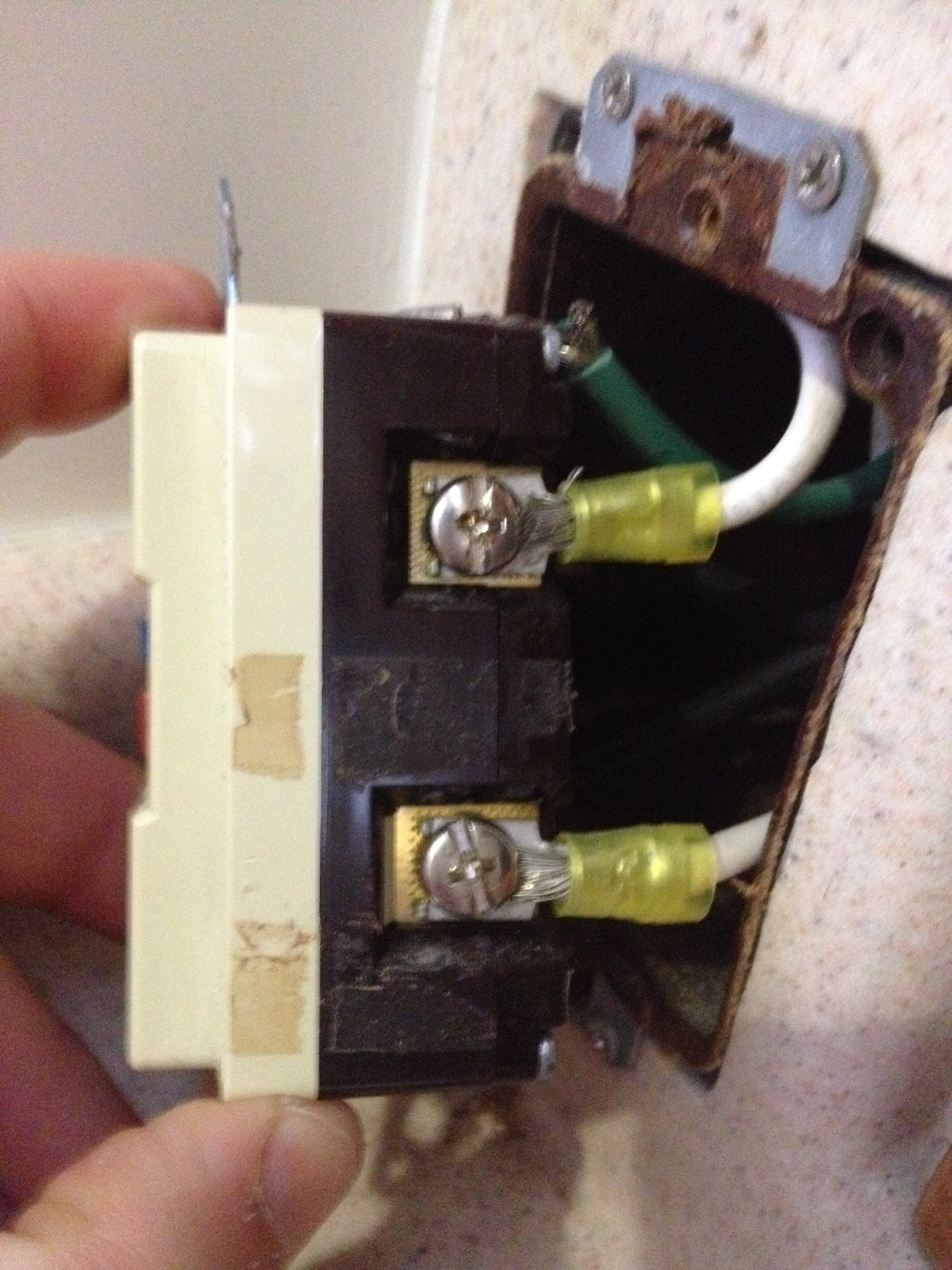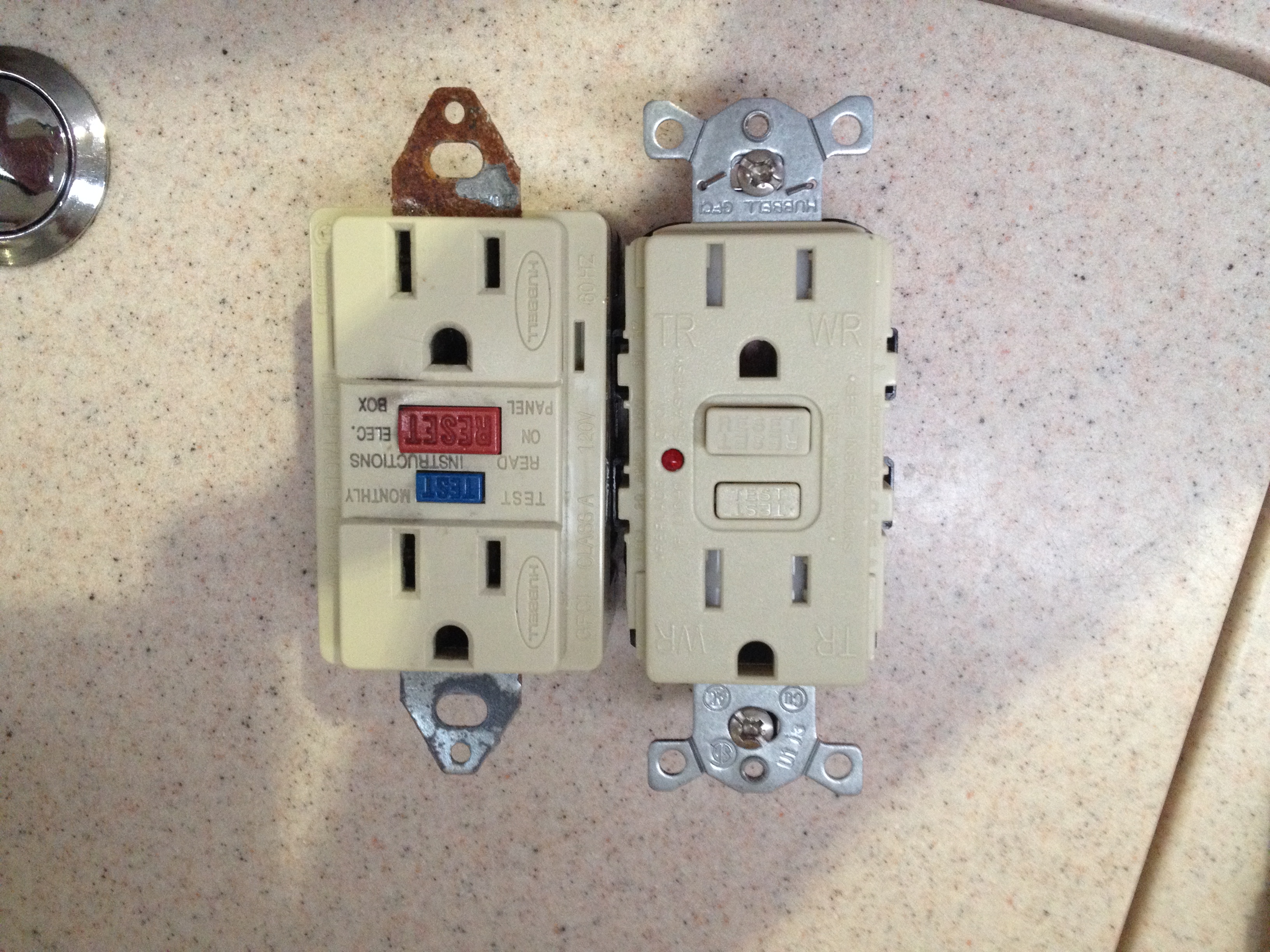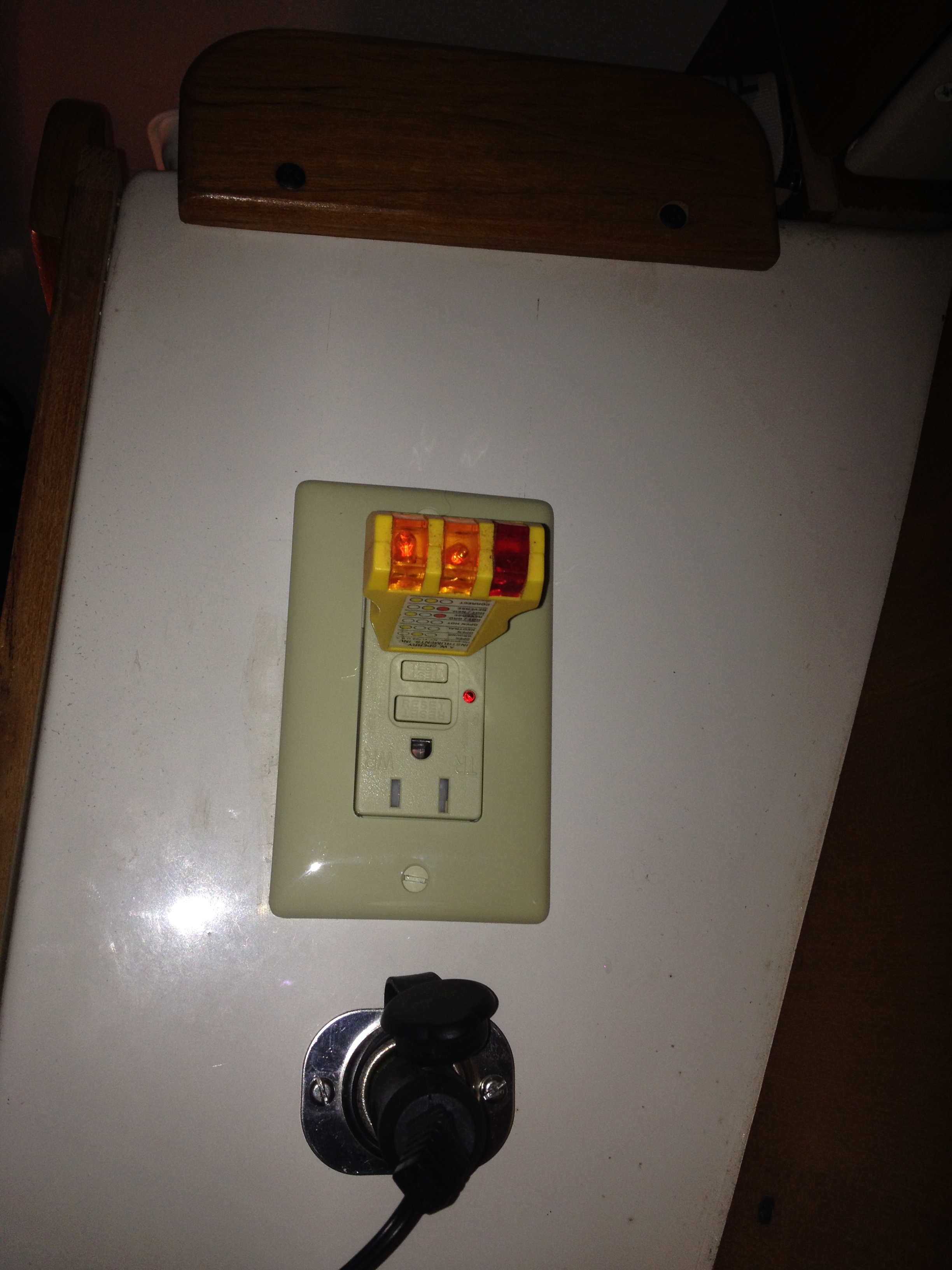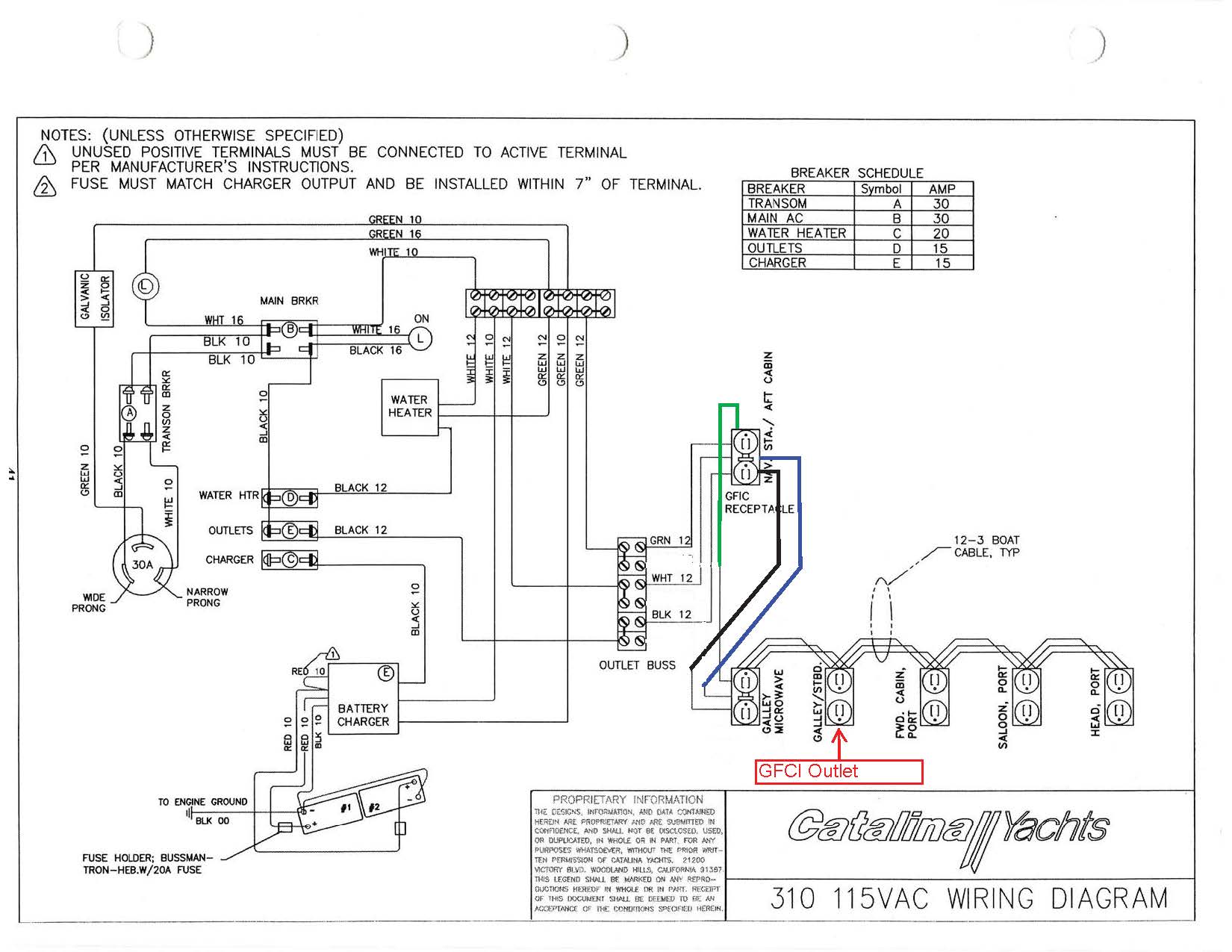This issue has been going on since we’ve owned our Catalina 310 but I never really thought about it until recently.
We have two GFCI Outlets on the boat. GFCI Outlet #1 is at the navigation station and according to the wiring diagram should be the only outlet connected on that run. GFCI #2 is at the galley counter and should be the first in the line protecting the rest of the outlets on the boat.
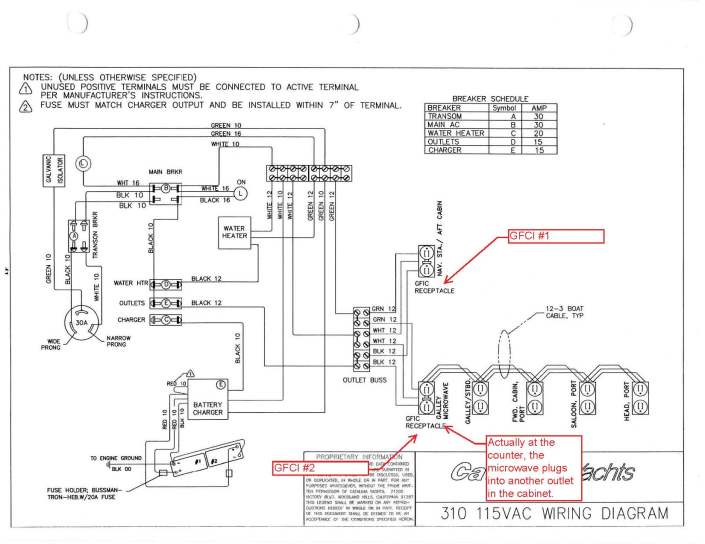

Now here is where things get a little strange. When GFCI #2 is tripped, no problem. All of the other outlets are tripped down the line. But when GFCI #1 get’s tripped, it also trips all of the outlets, including GFCI #2. Further, the bottom outlet on GFCI #1 will continue to work when tripped.
Looking at the wiring diagram there is no reason why tripping GFCI #1 should disable the outlets on the leg for GFCI #2. But it happens.
Also, I don’t like the fact that the bottom outlet on GFCI #1 continues to work when tripped.
My plan is to verify the wiring is as per the diagram. I suspect that somehow the factory wired the GFCI outlets different than shown. I am also going to replace both GFCI outlets, which brings up another question.
Is there any difference between a marine GFCI outlet and a standard GFCI outlet you get in the box store?
I looked at the GFCI outlets at Fisheries Supply, which are made by Marinco. I read the info on their webpage and they call it a “marine electrical duplex GFCI receptacle” but I can’t find anything that actually makes it marine. What is the difference between the Marinco and the Leviton Smart Lock Pro 15 amp weather resistant outlet? The Leviton is less than half the price and I can go pick it up and skip the shipping charge?
I am going to cross post this on the C310 Forum.
Thanks for any help you can provide.
Jesse
We have two GFCI Outlets on the boat. GFCI Outlet #1 is at the navigation station and according to the wiring diagram should be the only outlet connected on that run. GFCI #2 is at the galley counter and should be the first in the line protecting the rest of the outlets on the boat.


Now here is where things get a little strange. When GFCI #2 is tripped, no problem. All of the other outlets are tripped down the line. But when GFCI #1 get’s tripped, it also trips all of the outlets, including GFCI #2. Further, the bottom outlet on GFCI #1 will continue to work when tripped.
Looking at the wiring diagram there is no reason why tripping GFCI #1 should disable the outlets on the leg for GFCI #2. But it happens.
Also, I don’t like the fact that the bottom outlet on GFCI #1 continues to work when tripped.
My plan is to verify the wiring is as per the diagram. I suspect that somehow the factory wired the GFCI outlets different than shown. I am also going to replace both GFCI outlets, which brings up another question.
Is there any difference between a marine GFCI outlet and a standard GFCI outlet you get in the box store?
I looked at the GFCI outlets at Fisheries Supply, which are made by Marinco. I read the info on their webpage and they call it a “marine electrical duplex GFCI receptacle” but I can’t find anything that actually makes it marine. What is the difference between the Marinco and the Leviton Smart Lock Pro 15 amp weather resistant outlet? The Leviton is less than half the price and I can go pick it up and skip the shipping charge?
I am going to cross post this on the C310 Forum.
Thanks for any help you can provide.
Jesse

